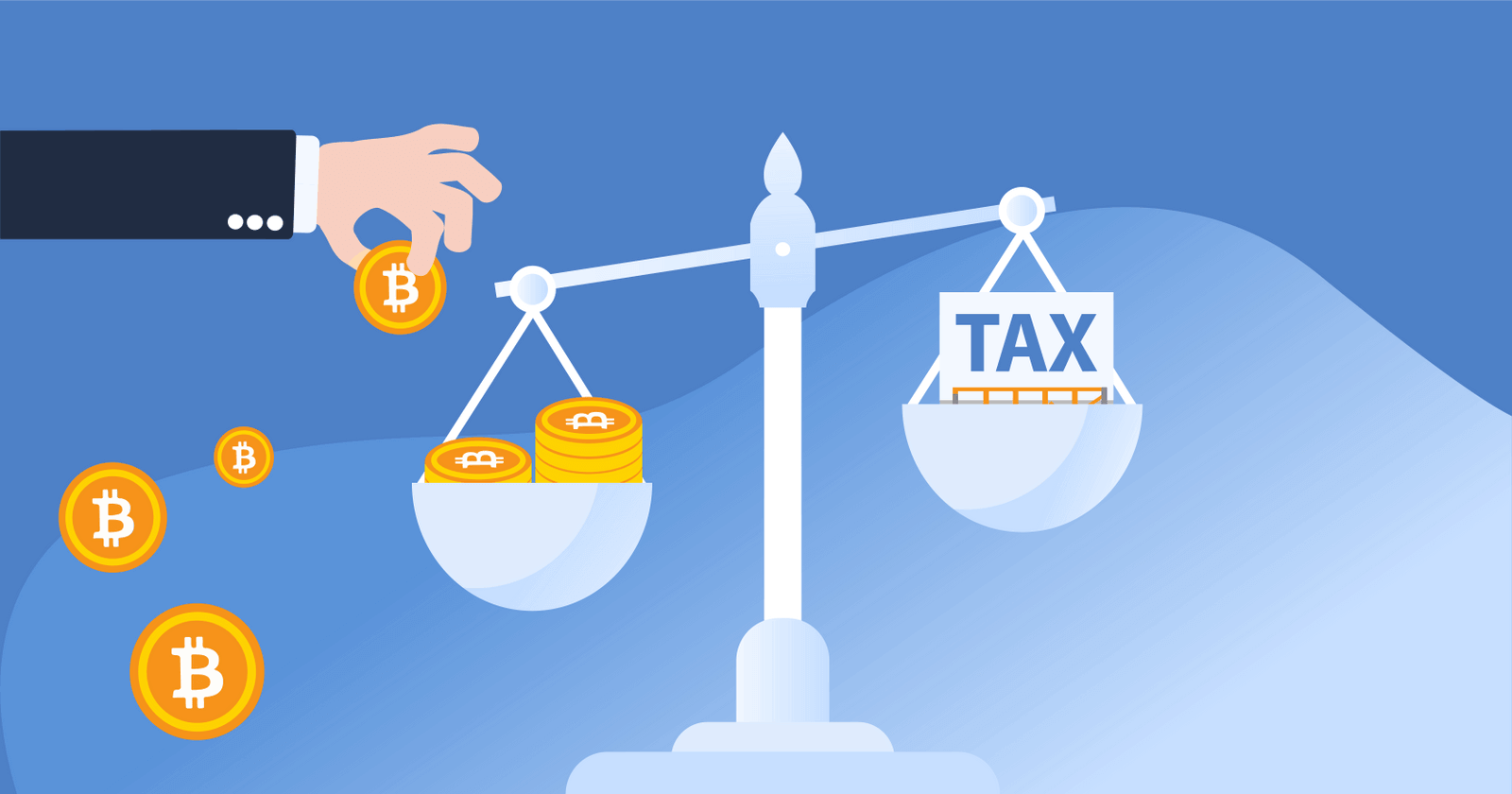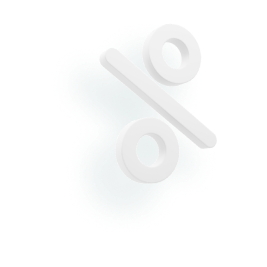Ethereum vs. Competitors (Best Blockchain 2025)



Key Takeaways
- Ethereum remains the #1 smart contract platform, thanks to its first-mover advantage, large developer community, and continuous upgrades.
- Competitors like Solana, Cardano, and Polkadot offer faster speeds and lower fees, but Ethereum's decentralization and user base keep it ahead of the pack.
- The future of cryptocurrency may be multi-chain, with networks like Ethereum and Solana coexisting and specializing in different niches.
In this guide, we’ll break down the pros and cons of Ethereum — and see how the network stacks up against its biggest competitors.
Ethereum's strengths

Today, Ethereum is the world’s second most valuable blockchain (after Bitcoin) with a market capitalization over $300 billion.
Even after years of fierce competition, Ethereum is the #1 choice for NFT and DeFi developers. Let’s walk through some of the reasons why:
- First-Mover Advantage: Ethereum was released in 2014 — and was the first blockchain designed to support smart contracts and decentralized applications. This first-mover advantage allowed Ethereum to build the largest and most established ecosystem of DeFi protocols and NFTs.
- Network Effects: Many of the world’s most popular dApps are built on Ethereum — which helps the network attract more users and developers.
- Developer Community: Ethereum has the largest community of developers, which ensures that the network constantly has new and exciting decentralized apps.
- Ongoing Upgrades: Ethereum regularly goes through upgrades to become faster and more efficient. The recent shift to Proof-of-Stake (PoS) and the adoption of Layer-2 scaling solutions have helped reduce transaction fees and bring down Ethereum’s carbon footprint.
- Decentralization and Security: Ethereum maintains a high level of decentralization, which is crucial for blockchain security. A more decentralized network is less vulnerable to attacks and censorship.
Ethereum’s weaknesses

Despite its advantages, Ethereum faces some challenges:
- Scalability Issues: Currently, Ethereum handles around 15-30 transactions per second — which is significantly lower than competitors like Solana (which offers 2,600 transactions per second).
- High Gas Fees: Network congestion often leads to high gas fees, making Ethereum less attractive to users and developers during times of high activity.
- Complex Architecture: The architecture of Ethereum can be complex, making it harder for new users and developers to engage with the platform compared to competitors.
How does Ethereum upgrade its architecture?
Ethereum regularly upgrades the network to improve its weaknesses, particularly around security and scalability.
Here are a few recent upgrades to the Ethereum network:
- Ethereum Merge: The Ethereum Merge switched Ethereum from a Proof of Work (PoW) network to a Proof of Stake (PoS) network. This helped reduce energy costs by 99%.
- EIP-1559: This upgrade introduced a ‘burn mechanism’ to Ethereum — potentially making ETH a deflationary cryptocurrency. This caused many Ethereum advocates to start calling ETH ‘ultrasound money’.
- Dencun Upgrade: The Dencun upgrade in 2024 introduced proto-danksharding — optimizing Layer 2 scaling solutions and reducing gas fees.
These upgrades highlight how the Ethereum community constantly looks for ways to upgrade the network.
Ethereum's Competitors
In recent years, several ‘Ethereum killers’ have emerged. These blockchains are designed to offer faster speeds and lower fees.
While many of these blockchains have gained popularity, Ethereum still is the #1 smart contract blockchain. It’s likely that Ethereum’s first-mover advantage gives the network a significant advantage over competitors.
Let’s take a closer look at Ethereum’s main competitors. Here, we’ll compare current network speeds and the total value of the cryptocurrency staked for each blockchain (a proxy for its security).
A. Solana
- Transaction Speed: 2,600 transactions per second (TPS)
- Active Addresses: 86 million
- Total Value Locked (TVL): $6 billion
- Strengths: Solana is known for its high throughput and low transaction fees, making it a popular choice for DeFi applications and NFTs. Solana is now the #3 most popular blockchain in the world and is rapidly growing in comparison with Ethereum.
- Challenges: Solana has faced concerns about its level of decentralization, with some critics arguing that it compromises security in favor of speed.
B. Polkadot
- Transaction Speed: 1,000 TPS
- Active Addresses: 1.62 million monthly active addresses
- TVL: $108 million
- Strengths: Polkadot uses ‘parachains’ that operate independently and allows for interoperability between vastly different blockchains. It’s a unique system that helps Polkadot meet growing demand!
- Challenges: Polkadot lags in adoption compared to Ethereum.
C. Cardano
- Transaction Speed: 1,000 TPS
- Active Addresses: 600,000 monthly active addresses
- TVL: $225 million
- Strengths: Cardano focuses on peer-reviewed research and scientific rigor for all of its upgrades, making it a more methodical and academic approach to blockchain development.
- Challenges: Cardano has been slower to launch dApps and attract developers, limiting its current usage. It’s likely that Cardano’s research-based approach to development has meant that it develops slower than other blockchains.
D. Avalanche
- Transaction Speed: 400 TPS
- Active Addresses: 1 million monthly active addresses
- TVL: $1.07 billion
- Strengths: Avalanche uses a unique consensus mechanism called ‘Snow’ and three separate subnets to ensure that the network is fast and scalable.
- Challenges: Despite its technical advantages, Avalanche has not yet been able to gain a strong market share in the DeFi space.
Is Bitcoin an Ethereum competitor?
It’s important to note that Bitcoin is not an Ethereum competitor. The two blockchains were created for entirely different purposes.
While Bitcoin was designed to be a store of value, it was not designed for smart contracts and decentralized applications. As a result, the NFT and DeFi ecosystem on Bitcoin is very small.
Have competitors been gaining ground on Ethereum?
In recent years, blockchains like Solana have been attracting more new users and wallet addresses by offering faster speeds. Solana’s upcoming Firedancer upgrade promises to make the blockchain even faster — which means that Solana may be the biggest threat to Ethereum’s dominance.
Still, Ethereum remains the most valuable smart contract blockchain and the dominant player in decentralized finance (DeFi). Ethereum still holds the majority of the total value locked (TVL) in DeFi protocols, highlighting that it is still the #1 choice for users and developers.
Ethereum has been pushed forward by its competition. The transition to Proof-of-Stake and ongoing development of Layer-2 scaling solutions, such as Optimism and Arbitrum, are direct responses to the challenges posed by competitors.
How Ethereum is staying ahead of competition
To stay ahead of the competition, Ethereum is focusing on several key initiatives:
- Layer-2 Scaling Solutions: Layer-2 solutions are designed to speed up Ethereum transactions by processing transactions off-chain. Solutions like Optimism and Arbitrum now serve thousands of users — and are now an integral part of the Ethereum ecosystem.
- Transition to Proof-of-Stake: Ethereum’s shift from Proof-of-Work to Proof-of-Stake has reduced its energy consumption by over 99%, making it more sustainable while enhancing network security.
- Ongoing Upgrades: Ethereum continues to roll out EIPs, with a focus on security, scalability, and user experience.
Will the future be multi-blockchain?
It’s possible that in the future, there won’t be one smart contract blockchain that dominates the cryptocurrency market.
Instead, we may see a multi-blockchain world where various networks coexist.
Here are some trends to keep in mind in the years to come:
- Multiple Ecosystems: Just like today’s internet is composed of various platforms and services, the blockchain world may similarly support multiple thriving ecosystems, each serving a different niche.
- Specialization: Certain blockchains may be better suited for specific use cases— for example, Ethereum for DeFi and smart contracts and Solana for high-speed transactions.
- Interoperability: Blockchains that can easily communicate with one another (like Polkadot’s parachains) will be more adaptable in a multi-chain future.
Conclusion
Ethereum’s ongoing evolution and massive network effect helps ensure that it remains a dominant force in the blockchain space. However, the rise of competitors like Solana, Polkadot, Cardano, and Avalanche has driven Ethereum to innovate further.
While these platforms offer impressive features, Ethereum’s combination of decentralization, security, and continuous development keeps it ahead of the pack.
Frequently asked questions
- How does Ethereum compare to its competitors?
Ethereum leads the pack in terms of decentralization, security, and developer community, but competitors like Solana offer faster transaction speeds and lower fees.
- Is Solana better than Ethereum?
Solana offers fast transaction speeds and low fees, but faces criticism because of its high degree of centralization. Ethereum remains the most valuable smart contract platform because of its strong user base and developer community.
- Will Ethereum remain the top smart contract platform?
Ethereum’s established network effects and continuous innovation make it the #1 smart contract blockchain, though the future may see multiple blockchains thriving side-by-side.
- What does Ethereum’s future look like?
Ethereum will continue developing Layer-2 solutions and expanding its ecosystem to maintain its dominance in DeFi and NFTs. It’s likely that the future will see multiple specialized and interoperable smart contract blockchains.































%20(1).png)







.png)
















